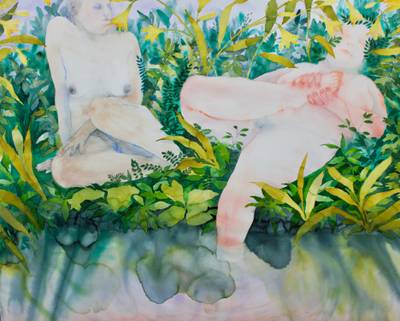

Interviews


A significant decision in my career was to abandon gallery-based work and pursue my own interests. I began creating pieces independently without telling anyone when I was supposed to complete them or where they would end up. I found creative ways of showing the works; I performed in public spaces or at different events, often filmed those and uploaded them online. I also started to tell other people’s stories, so the video was an excellent format for that, and it started almost accidentally. This was a tremendous professional change for me, and I have continued working that way more or less until now.
READAccessibility Is Not Static: A Conversation With Jenni-Juulia Wallinheimo-Heimonen
Iisa Lepistö’s interview with artist/activist Jenni-Juulia Wallinheimo-Heimonen regarding politics of care, disability, and the aesthetics of assisting devices.
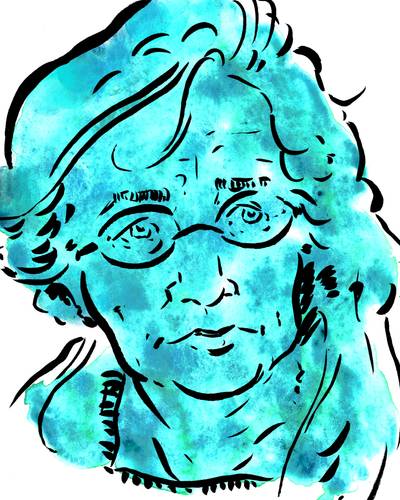

One has to be respectful towards someone willing to tell their story and not impose one’s own opinions and views when someone’s ready to open up their wounds. Respect for the human, the situation and the story is everything. This is common sense.
READWorry and Play: A Conversation With Kristiina ‘Tikke’ Tuura
On storytelling, community engagement, and using a playful approach to express sociopolitical concerns.


The images are familiar, quotidian and easily accessible. They do not say that there is violence in the background. Only the exhibition text reveals it. I think those pieces without text would be the most useless and boring. Wouldn’t it be the most boring thing to copy your childhood images while painting? A lovely picture is not enough for me.
READOne Last Exhibition: A Conversation With Sanni Seppä
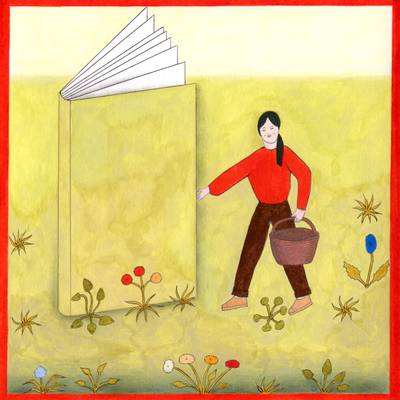

But then I stop and think: Am I just going towards this boring kind of “business”? Is it a trap? There’s so much liberty at the moment. That’s something I appreciate. But how do I continue? I haven’t solved that yet, but I’d love to. In a way, it’s fine if it’s not me who runs it, it could even change its name from TTB to something else. Whatever! I just want there to be a space for specific books. And space to make new events and continue experimenting with books – around what they are and what they can be.
READThe Book as an Art Practice: A Conversation With Hikari Nishida
On the non-profit artistic practice of selling self-published and independent publishers’ books.
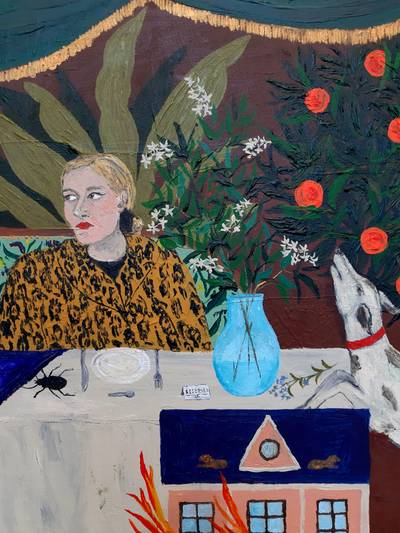

I don’t expect the viewer to take in everything in the painting at one glance. There are many possible storylines, and you can also read the painting in different directions. It’s not necessary to proceed in a linear fashion—you can go back at any time.
READPlayful Personification of Death: A Conversation With Melina Paakkonen
On visual storytelling, symbolism, and the whimsical representations of death.
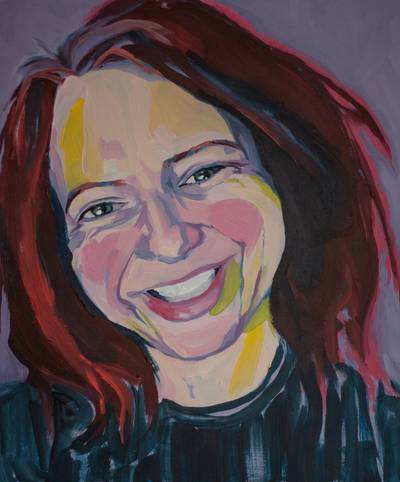

Like a well-functioning infrastructure, producing is an invisible labour of care, resourcefulness, and passion for the project at hand. There’s a lot of work behind the scenes, and often the producer is the last to be acknowledged. Few people in the cultural sector are as industrious yet deeply affectionate as Lisa Kalkowski. Lisa is one of the few people whose interest in the projects she’s producing is as important as the project’s ethics. She has a penchant for learning languages, is a dance enthusiast, a problem solver, and a stress-diffuser.
READOn Working With Friction and Confrontation: Conversation With Lisa Kalkowski
Lisa Kalkowski shares her objectives and challenges of working as a producer in the field of art in Helsinki.


I try to balance my practice between what I think is important to discuss politically and what feels enjoyable for me in life. The topics I end up making films about are those that combine these two things. I think I’m good at describing something by bringing together images, sounds, and words.
READ“Most of the Time, It’s Just a Wonderful Thing”: Conversation With August Joensalo
Orlan Ohtonen talks to August Joensalo about how gender is represented in an image and how that could be changed.
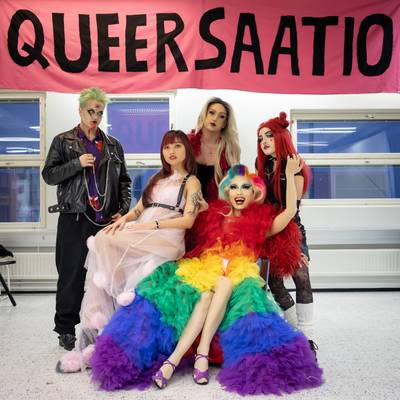

House of Fvck is a Drag collective born in 2020 during the Helsinki Pride Week. It was a project for Nuorten Pride to teach young people under 18 to do Drag with makeup, costume and performance; the tutors were Chris Oh! and Betty Fvck.
READNo Shade: Betty Fvck & the House of Betty Fvck
House of Fvck members in a “no shade” interview with Betty Fvck.
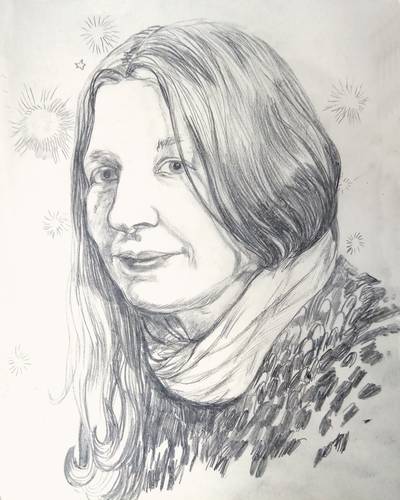

I am interested in language. I question language. I often feel that naming things too clearly, opening them up as if they were on an operating table, does not speak about the things I am trying to reach, but puts them in certain categories, forced within a certain structure that is not my language. It feels like a violent act.
READCountering Cohesive Narratives: Conversation with Azar Saiyar
Marja Viitahuhta interviews Azar Saiyar on the occasion of her exhibition ‘My Home and Roses’.
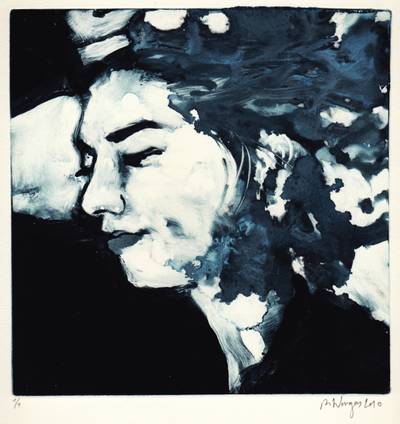

Even though we met for the first time, Rita was keen on opening up to talk about a variety of subjects. We talked about many things, stopping longer on the role of Renaissance in Rita’s current art practice, her PhD on artists-in-residence, the latest exhibition in Myymälä 2 and the invisibility of foreign artists in Finland.
READA fragment of a landscape, an iceberg, or something else entirely: Conversation with Rita Vargas
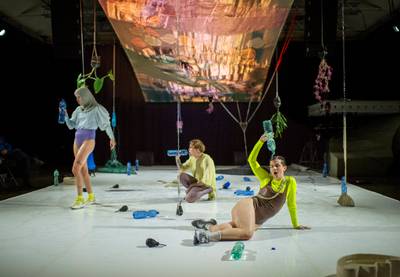

On the eve of the day view of Deep Time Trans (DTT), the latest project by the DTT working group, I sat with two members of this collective of artists to discuss queer ecology, queer futures, and transformation.
READDeep Time Trans, a Lookinglass Into Prehistoric Queer Ecology: Conversation With Even Minn and Teo Ala-Ruona
